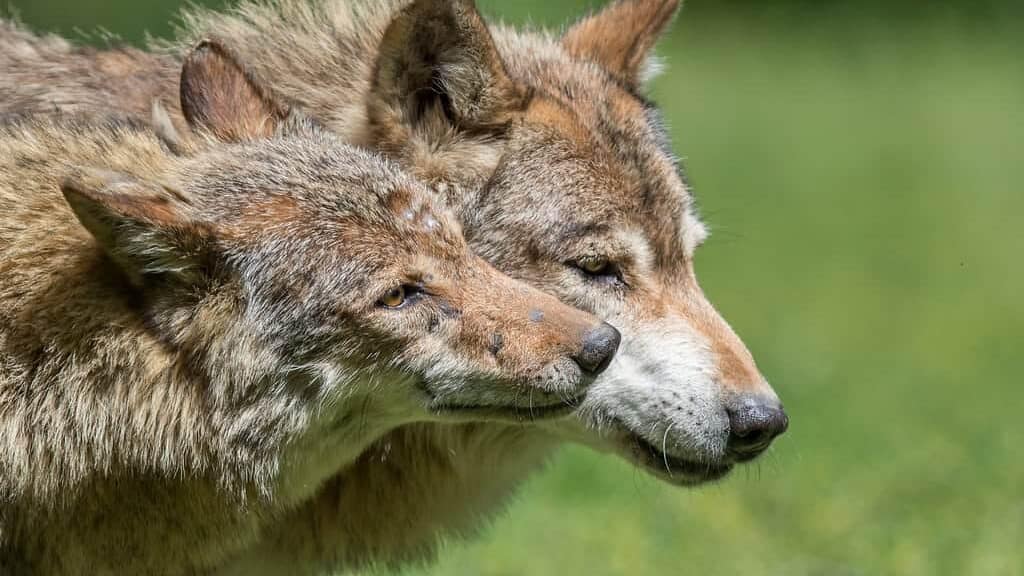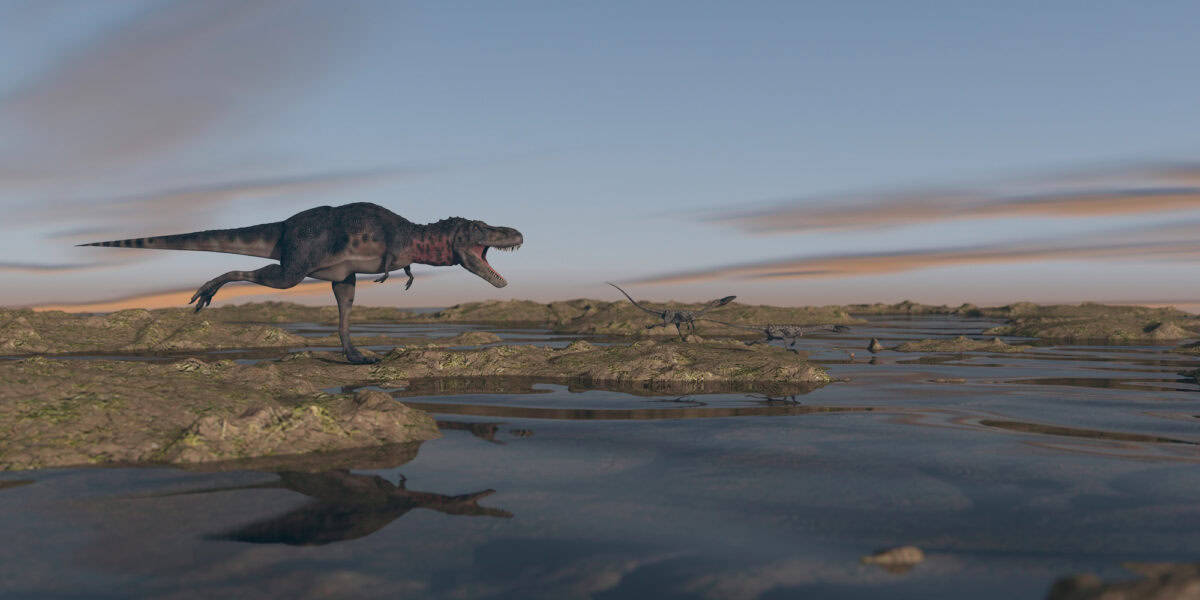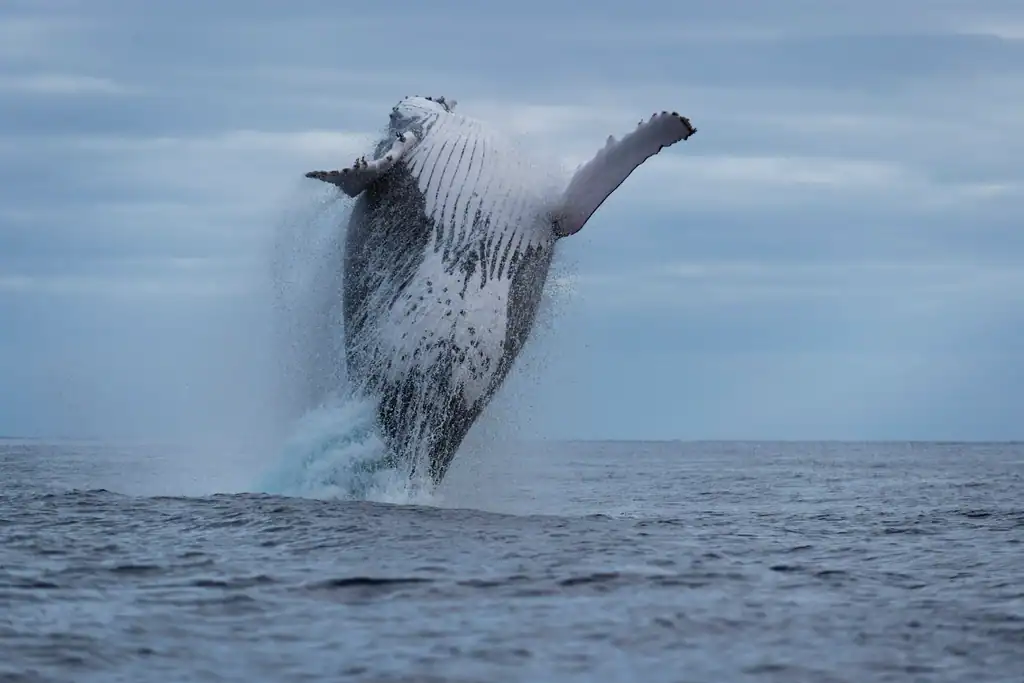Wikipedia serves as a vast repository of knowledge, with millions of articles covering countless subjects. Among these, animal-related pages attract significant attention from researchers, students, casual browsers, and wildlife enthusiasts. By analyzing page view statistics, edit frequencies, and citation counts, we can identify which animal species capture the greatest human curiosity and scholarly interest. This article explores the twelve most researched animals on Wikipedia, examining why these creatures fascinate us and what makes their Wikipedia pages so frequently visited and meticulously maintained.
12. Humans (Homo sapiens)

Perhaps unsurprisingly, the Wikipedia page for humans ranks as the most visited and extensively researched animal entry. With over 7,000 edits annually and millions of page views each month, this comprehensive article explores human evolution, biology, behavior, society, and culture. The page serves as a fascinating mirror, reflecting our species’ attempts to understand itself objectively.
What makes the human page particularly notable is its interdisciplinary nature, incorporating research from anthropology, biology, psychology, sociology, and numerous other fields. The article has undergone extensive peer review processes within the Wikipedia community, with experts from various disciplines contributing to ensure accuracy. Despite being about ourselves, the page maintains the encyclopedic tone typical of zoological entries, treating humans as one species among many in the animal kingdom.
11. Dogs (Canis lupus familiaris)

Dogs hold the distinction of being the most researched non-human animal on Wikipedia. The main dog article receives millions of monthly views and thousands of edits annually, while hundreds of related articles covering specific breeds, behaviors, and canine history attract additional attention. The depth of information reflects humanity’s 15,000-year relationship with domesticated dogs and their unparalleled integration into human society.
The Wikipedia page for dogs stands out for its extensive coverage of evolutionary history, detailing the transformation from wolf to domestic companion. The article incorporates findings from genetic studies, archaeological discoveries, and behavioral research. Additionally, the cultural significance section explores dogs’ roles across different societies and historical periods, making this one of the most comprehensively documented animal-human relationships on the platform.
10. Cats (Felis catus)

Following closely behind dogs, domestic cats represent the third most researched animal on Wikipedia. The main article receives comparable traffic to the dog page, while specialized pages on cat breeds, behaviors, and feline health attract substantial additional interest. Wikipedia editors have created an extensive network of interconnected articles documenting humanity’s complex 9,500-year relationship with these independent yet affectionate companions.
The cat article stands out for its detailed coverage of feline sensory abilities, explaining their exceptional night vision, acute hearing, and specialized whiskers. The page also thoroughly documents cats’ contentious ecological impact as introduced predators, presenting balanced information about conservation concerns alongside their benefits as companions. This comprehensive approach reflects the dual nature of cats as both beloved pets and controversial ecological actors, making the article a valuable resource for understanding these multifaceted animals.
9. Lions (Panthera leo)

As iconic symbols of strength and majesty, lions attract extraordinary research interest on Wikipedia. The main lion article receives several million views annually and ranks among the most extensively cited animal pages, with over 300 academic references. The comprehensive coverage explores lion biology, behavior, conservation status, and cultural significance across human civilizations.
What distinguishes the lion page is its detailed documentation of population decline and conservation efforts. The article meticulously tracks how lion populations have diminished from an estimated 200,000 a century ago to approximately 20,000 today, explaining habitat fragmentation, human-wildlife conflict, and poaching impacts. This emphasis on conservation science makes the page not only educational about lion biology but also an important resource for understanding wildlife conservation challenges facing large predators globally.
8. Wolves (Canis lupus)

Wolves command significant research interest on Wikipedia, with their main article receiving millions of annual views and featuring over 250 academic citations. The comprehensive page covers wolf ecology, behavior, relations with humans, and their pivotal role in conservation biology. The detailed examination of wolf reintroduction programs, particularly in Yellowstone National Park, highlights the species’ importance in ecological restoration efforts.
The wolf article stands out for its thorough exploration of human-wolf relationships throughout history. It traces how wolves evolved from competitors and threats to humans, became demonized in folklore and hunted to near-extinction in many regions, and now represent complex conservation symbols. This cultural-historical perspective, combined with scientific content about wolf behavior and ecology, makes the page an exceptional resource for understanding how human attitudes toward wildlife shape conservation outcomes.
7. Elephants (Elephantidae)

Elephants rank among the most extensively researched animals on Wikipedia, with detailed articles covering both African and Asian species attracting millions of views annually. The main elephant page features over 300 scientific references and links to dozens of specialized articles on elephant intelligence, communication, conservation, and cultural significance. This extensive coverage reflects both scientific fascination with elephant cognition and urgent conservation concerns about these threatened keystone species.
The elephant articles particularly excel in documenting these animals’ remarkable cognitive abilities. Detailed sections cover their self-awareness (demonstrated through mirror recognition tests), complex social relationships, apparent grief behaviors, cooperative problem-solving, and sophisticated communication using infrasound. The thorough documentation of elephant intelligence, combined with comprehensive information about their conservation challenges, makes these pages essential resources for understanding why protecting elephant populations represents both an ecological and ethical imperative.
6. Sharks (Selachimorpha)

Sharks generate immense research interest on Wikipedia, with the main shark article receiving over 5 million views annually and featuring extensive scientific citations. The comprehensive coverage examines shark evolution spanning 450 million years, their diverse adaptations across 500+ species, and their ecological importance as apex predators. The page also thoroughly addresses conservation challenges, documenting how shark populations have declined by over 70% in many regions due to overfishing and finning practices.
What distinguishes the shark pages is their effort to counter sensationalism with scientific facts. The articles meticulously document actual shark attack statistics (typically fewer than 10 fatalities worldwide annually) while explaining the ecological consequences of shark population collapses. This evidence-based approach makes Wikipedia’s shark coverage valuable not only for biological information but also for addressing misconceptions perpetuated by media sensationalism, demonstrating the platform’s important role in public science education.
5. Dinosaurs (Dinosauria)

While technically representing an entire clade rather than a single species, dinosaurs collectively rank among Wikipedia’s most researched animals. The main dinosaur article receives over 6 million annual views, while hundreds of species-specific pages generate additional traffic. These extensively cited articles (the main page features over 350 academic references) document our evolving understanding of dinosaur physiology, behavior, and evolutionary relationships based on paleontological discoveries.
The dinosaur pages stand out for their detailed visual reconstructions and careful documentation of how scientific understanding has evolved. Articles track how perceptions of dinosaurs have transformed from slow, cold-blooded reptiles to active, possibly warm-blooded animals with complex behaviors and, in many cases, feathers. This emphasis on scientific progress makes the dinosaur articles not just informative about prehistoric life but also valuable case studies in how paleontological methods advance our understanding of extinct species.
4. Tigers (Panthera tigris)

Tigers attract substantial research interest on Wikipedia, with their main article receiving millions of annual views and featuring over 250 scientific references. The comprehensive page documents tiger biology, behavior, and the conservation crisis facing this iconic species. Detailed sections cover population decline from approximately 100,000 tigers a century ago to fewer than 4,000 today, examining threats including poaching, habitat fragmentation, and human-wildlife conflict.
The tiger article particularly excels in its subspecies coverage, documenting both extant populations (Bengal, Siberian, Sumatran, South China, Indochinese, and Malayan tigers) and extinct subspecies (Bali, Javan, and Caspian tigers). Each subspecies section includes population estimates, genetic distinctiveness, and conservation status. This thorough approach to documenting biodiversity within the species makes the tiger pages valuable resources for understanding both the ecological and genetic dimensions of wildlife conservation challenges.
3. Octopuses (Octopoda)

Octopuses have emerged as surprisingly popular research subjects on Wikipedia, with their main article receiving millions of annual views and extensive scientific citations. The detailed coverage explores octopus intelligence, their unique distributed nervous systems (with two-thirds of neurons located in their arms), remarkable problem-solving abilities, and sophisticated camouflage capabilities. This scientific interest reflects growing recognition of cephalopods as extraordinary examples of convergent evolution in intelligence.
What distinguishes the octopus article is its thorough documentation of cognitive research. The page details experiments demonstrating tool use, maze navigation, observational learning, and even apparent play behaviors in these invertebrates. Notably, octopuses are the only invertebrates protected under animal research welfare laws in some countries due to their cognitive capabilities. This scientific content, combined with information about their unusual biology (three hearts, blue blood, short lifespan), makes the octopus pages among the most fascinating animal entries on Wikipedia.
2. Whales (Cetacea)

Whales generate significant research interest on Wikipedia, with the main whale article and specialized pages for species like blue whales, orcas, and humpbacks collectively receiving millions of annual views. These extensively cited articles document cetacean evolution from land mammals, their remarkable adaptations to marine life, sophisticated social structures, and complex communication systems including whale song. The comprehensive coverage reflects both scientific fascination with whale intelligence and urgent conservation concerns for many species.
The whale articles particularly excel in documenting these animals’ communication and cultural behaviors. Detailed sections cover dialect differences between orca populations, the complex structure of humpback whale songs that evolve across seasons, and evidence for cultural transmission of behaviors. The pages also thoroughly document conservation challenges, from historical whaling impacts to current threats from ship strikes, noise pollution, and climate change. This combination of biological, behavioral, and conservation information makes the whale pages exceptional resources for understanding these marine mammals.
1. Bears (Ursidae)

Bears round out the list of most researched animals on Wikipedia, with the main bear article and eight species-specific pages collectively receiving millions of annual views. These comprehensive articles cover bear evolution, biology, behavior, and conservation status across the family Ursidae. Particular attention focuses on species facing severe conservation challenges, including polar bears threatened by climate change and critically endangered species like sun bears and Asiatic black bears.
The bear articles stand out for their detailed coverage of human-bear relationships throughout history. The pages examine how different cultures have viewed bears as everything from deities to monsters, competitors to kinsmen. This cultural-historical perspective, combined with scientific content about bear ecology and behavior, provides valuable context for understanding modern conservation challenges. The articles also thoroughly document how climate change specifically impacts different bear species, making these pages important resources for understanding wildlife responses to global environmental changes.
Conclusion: Our Enduring Fascination with the Animal Kingdom

The twelve most researched animals on Wikipedia reflect a fascinating intersection of scientific interest, conservation concern, cultural significance, and human curiosity. From our closest companions like dogs and cats to magnificent wild species like tigers and elephants, these extensively documented animals capture our collective attention and research energy. The depth and quality of these Wikipedia articles demonstrate the platform’s value as a scientific resource, with thousands of citations linking to primary research across disciplines.
What unites these popular pages is their combination of scientific rigor with accessibility. While incorporating hundreds of academic references, the articles remain readable for general audiences, fulfilling Wikipedia’s educational mission. These pages also evolve continuously as new research emerges, with dedicated editors ensuring content reflects current scientific understanding rather than outdated information.
Perhaps most notably, many of these highly researched animals face significant conservation challenges. Their popularity on Wikipedia suggests public interest in understanding these species more deeply, potentially supporting conservation awareness. As digital resources increasingly shape public knowledge, these extensively researched Wikipedia articles play a valuable role in connecting people with accurate, comprehensive information about the remarkable animals with whom we share our planet.
Through examining these twelve most researched animal entries, we gain insight not only into the species themselves but also into what captivates human curiosity and concern in the natural world. These digital repositories of knowledge represent collective efforts to document, understand, and ultimately protect the extraordinary diversity of animal life that continues to fascinate us across cultures and generations.
- 15 Facts About American Wildlife That Will Surprise You - August 10, 2025
- 12 Stunning Animals You Can Only See in the American Southwest - August 10, 2025
- 12 Times Dolphins Shocked Scientists With Their Intelligence - August 10, 2025

